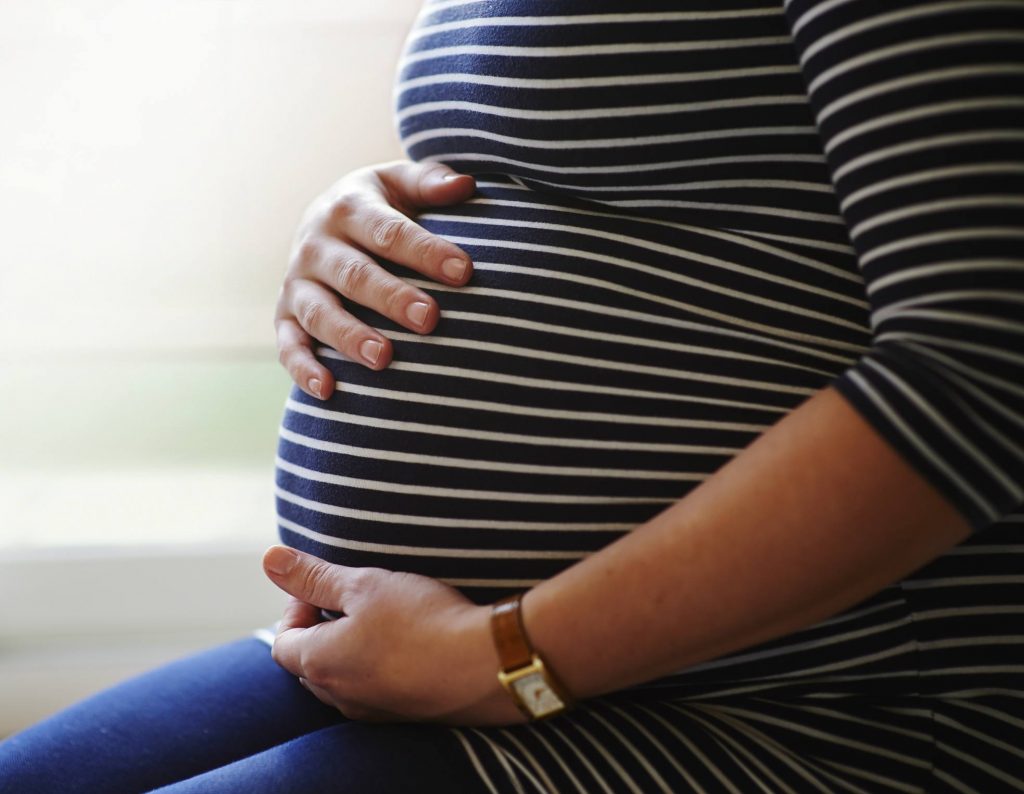
Texas music artists often speak of the state’s charm, such as Restless Heart’s “The Bluest Eyes in Texas” and Willie Nelson’s “Beautiful Texas.” It seems that its lush landscape is a muse for many. In contrast to the state’s scenic beauty, invisible deserts sprawl these lands.
“Maternity care deserts,” according to March of Dimes, are counties with limited or absent access to maternity health care services. They are one of the many indirect effects COVID-19 has on the healthcare system.
Joan B. Wolf, a women’s and gender studies professor at Texas A&M University, said the pandemic has affected women’s healthcare significantly in rural areas.
“It’s about priorities,” Wolf said. “Rural healthcare has been something we have not spent a lot of resources on.”
Only 40% of Texas’ rural hospitals provide labor and delivery services, causing many patients to drive hundreds of miles to give birth. Some patients arrive at hospitals to be quickly diverted to a different location due to a lack of resources. Others who are too far along in labor give birth in emergency rooms or parking lots.
Because more than half of rural hospitals are publicly funded, most find difficulty in negotiating salaries with healthcare workers. Many nurses have exchanged traditional staff positions for higher paying travel nurse contracts. Others have had to take leave after getting sick, or having their family members get sick. Due to this mass exodus of labor, hospitals have had to cut costs, and maternity services are the first to go.
Beyond increasing rural maternity deserts, Wolf said people of color have long received poor care in the American healthcare system. Women of color often face discrimination, including from doctors, and strong evidence shows that this wears on their bodies. Black teen mothers actually have healthier babies than black women in their twenties and thirties, possibly because they have “weathered” discrimination for a shorter amount of time. The reverse is true for white teens and women.
Another factor putting pregnant people of color at risk are that they are particularly vulnerable to job loss in the face of COVID-19. March of Dimes reports that Latinas and Black women are facing rates of 15.3 percent and 14 percent unemployment, respectively. Without a steady income, unemployed people have less access to the transportation and payment needed for medical treatment.
“Maternal mortality is worse in the United States than in Europe, and for Black women, it has been worse than in some countries in the global south,” Wolf stated. “It’s shameful.”
